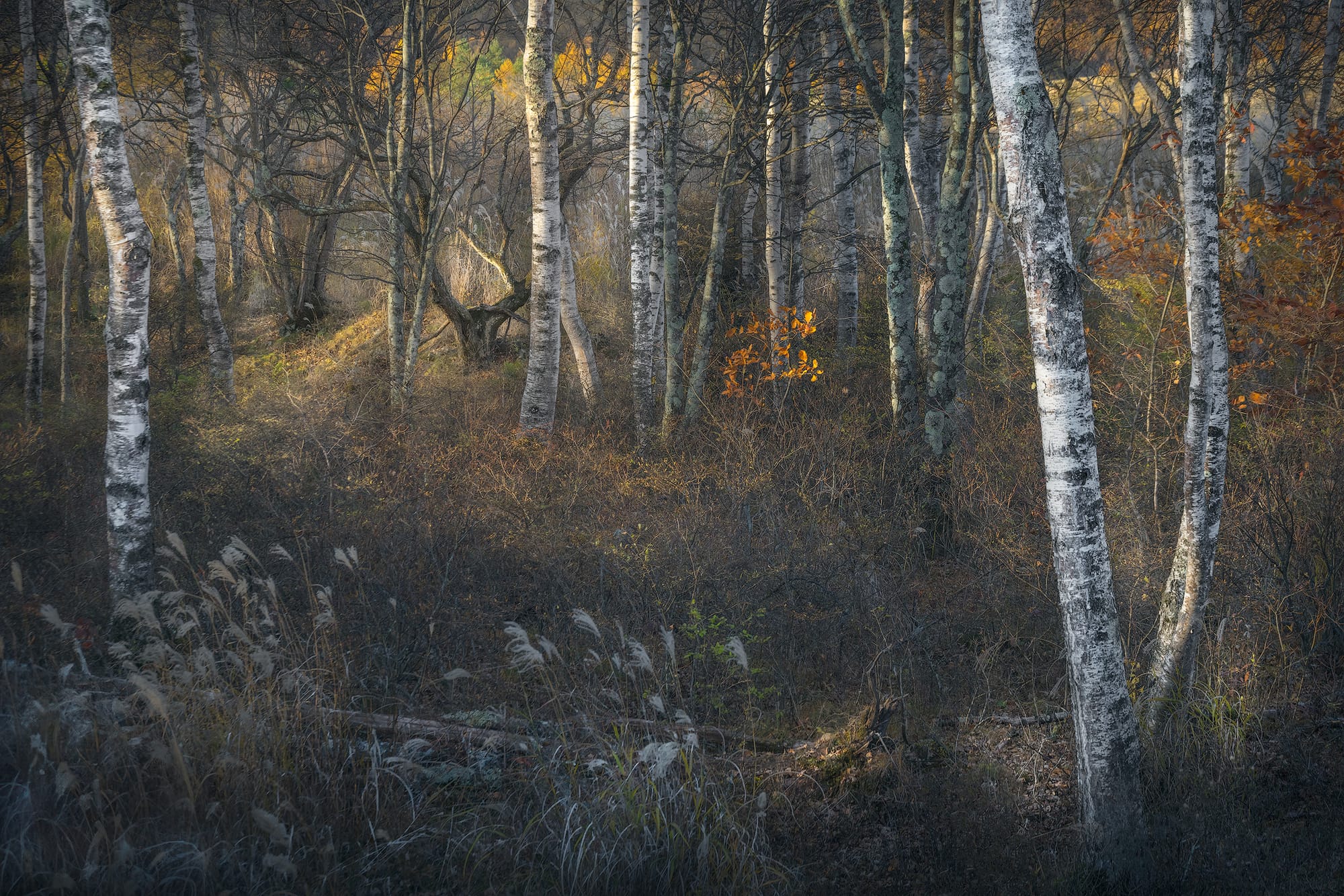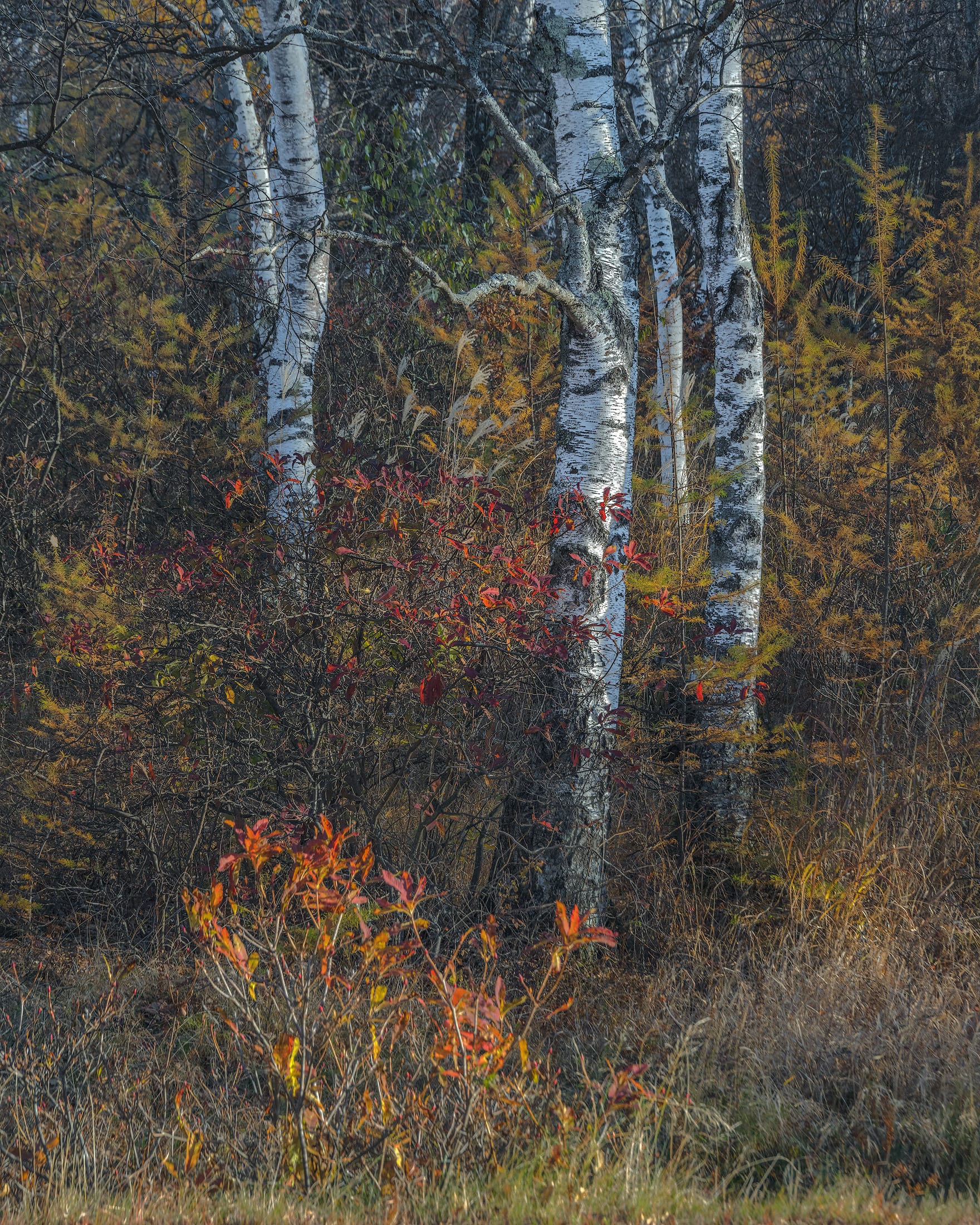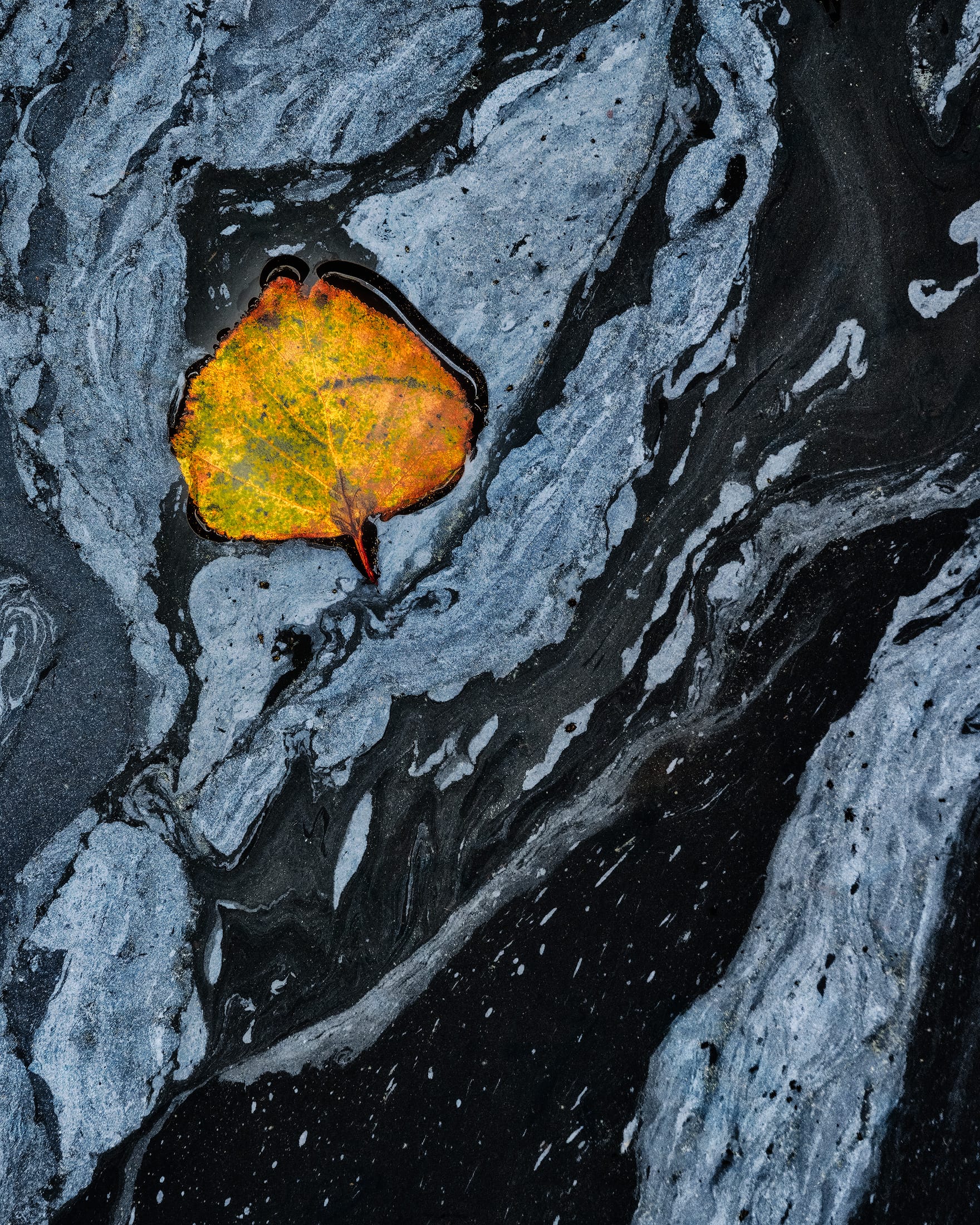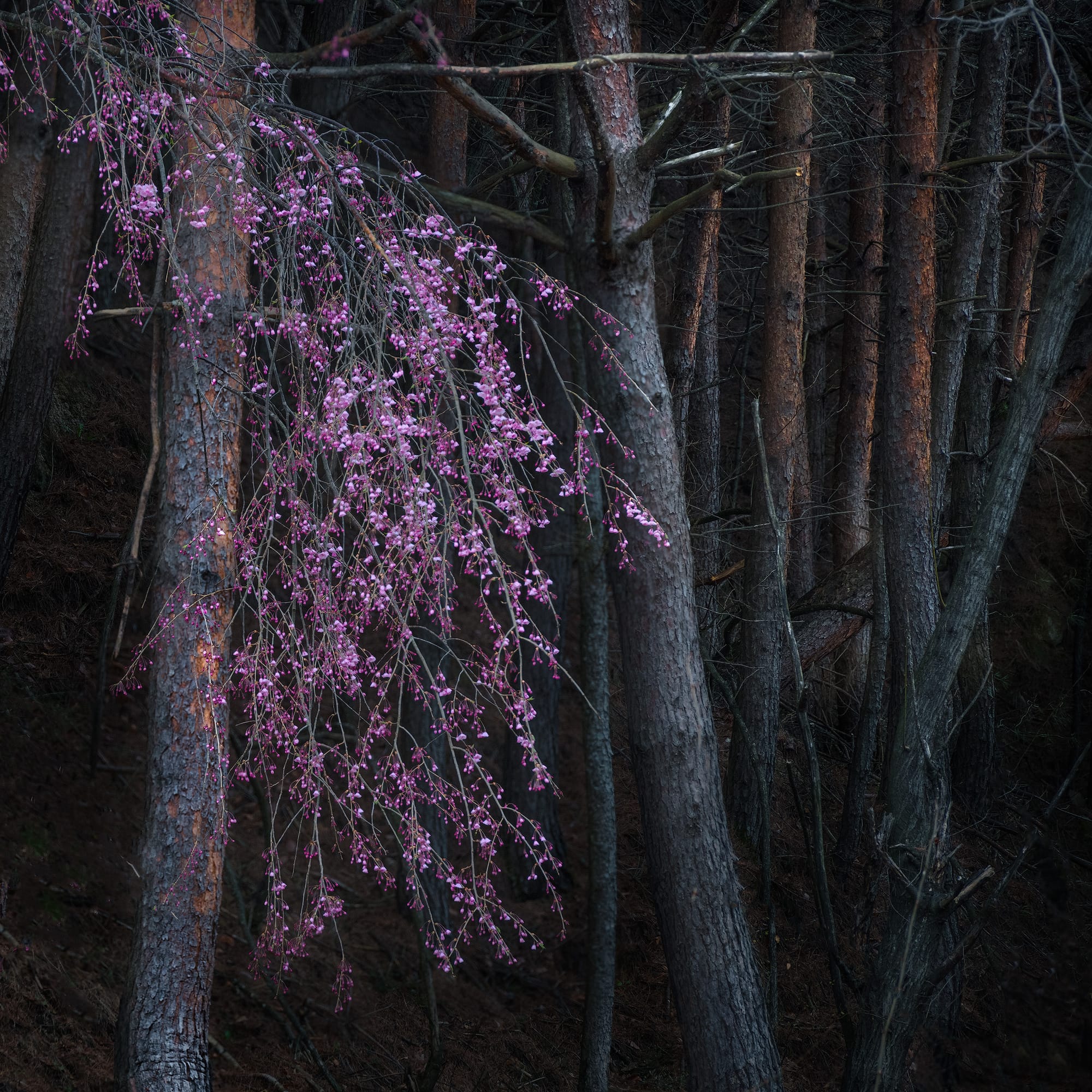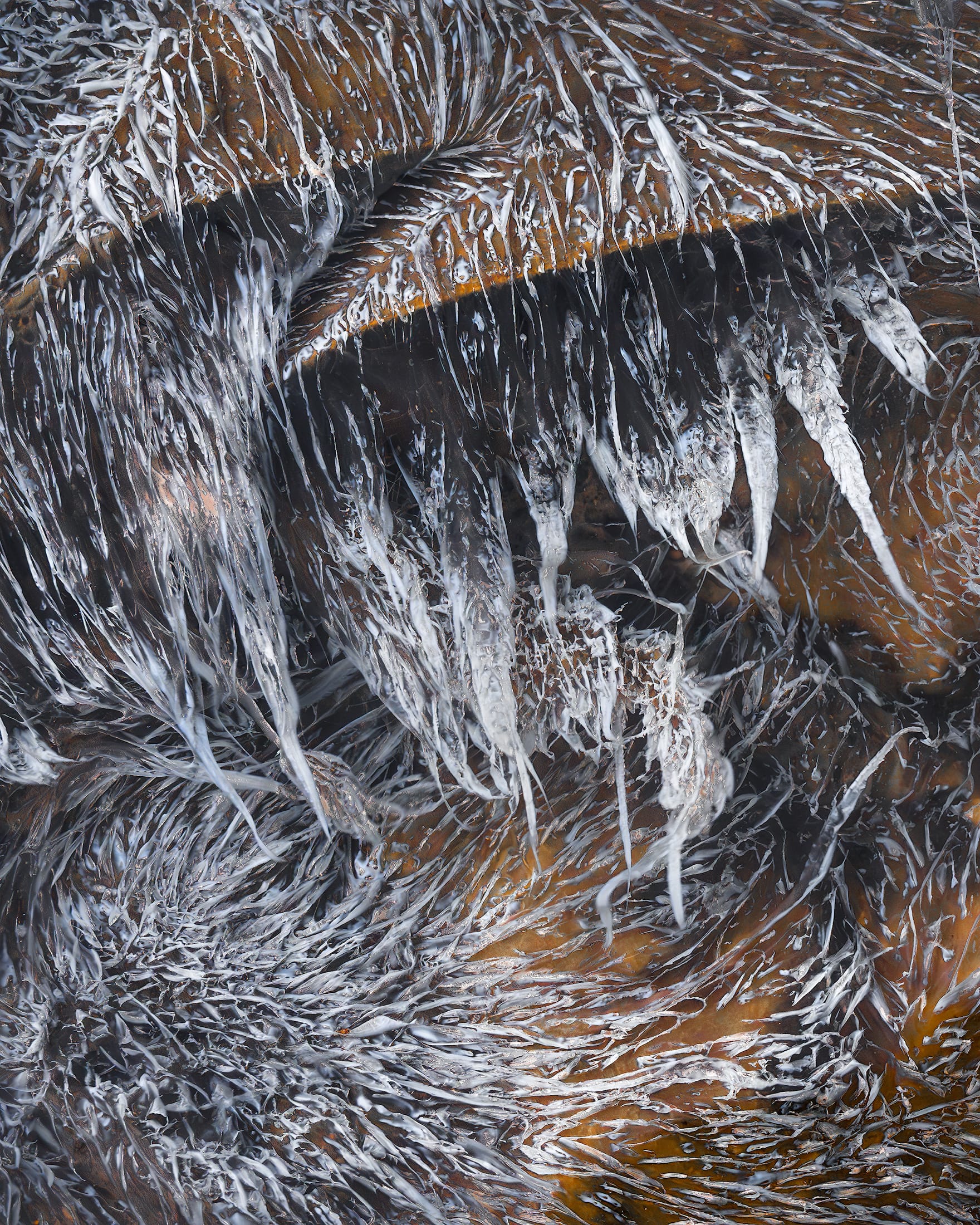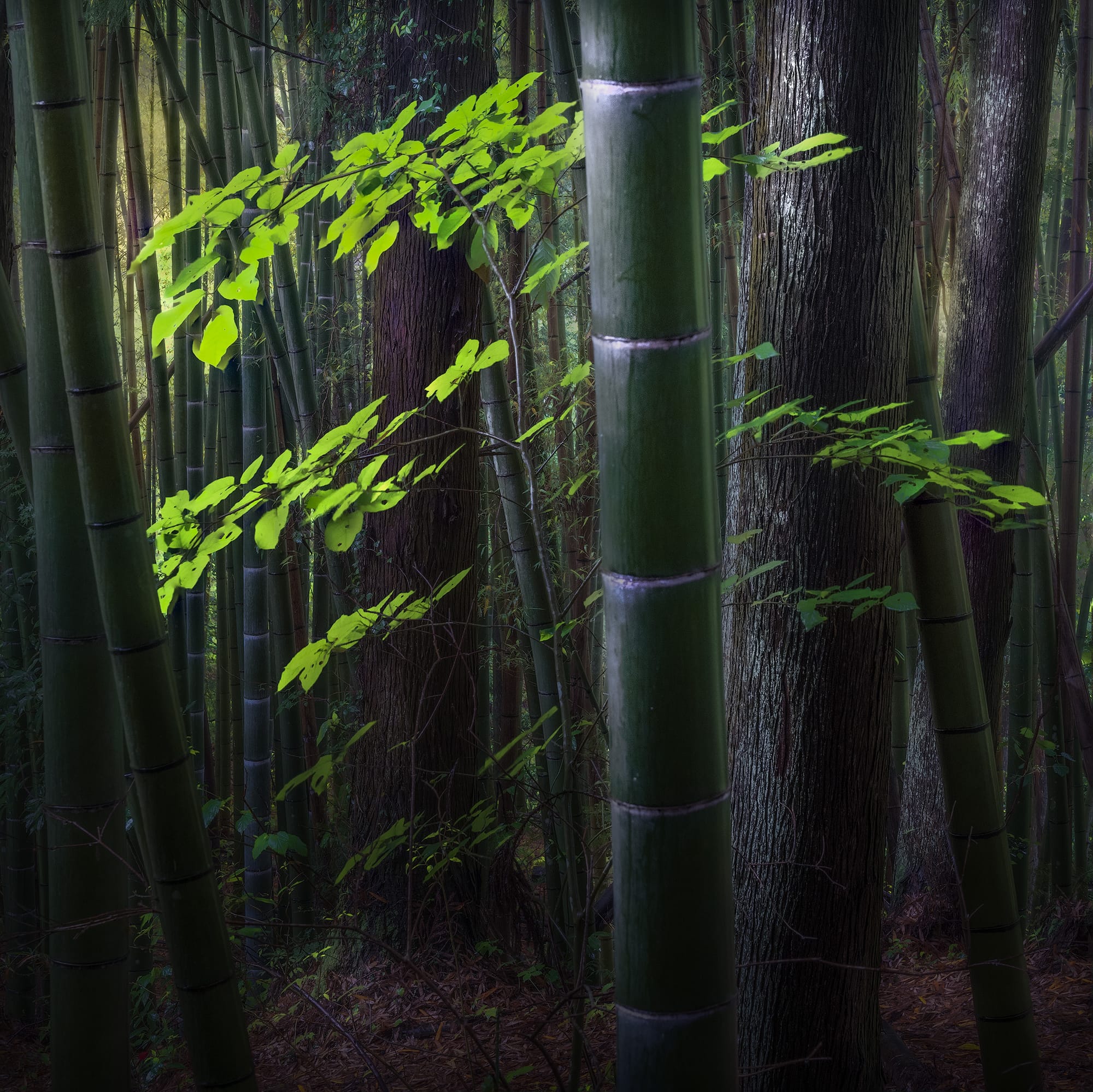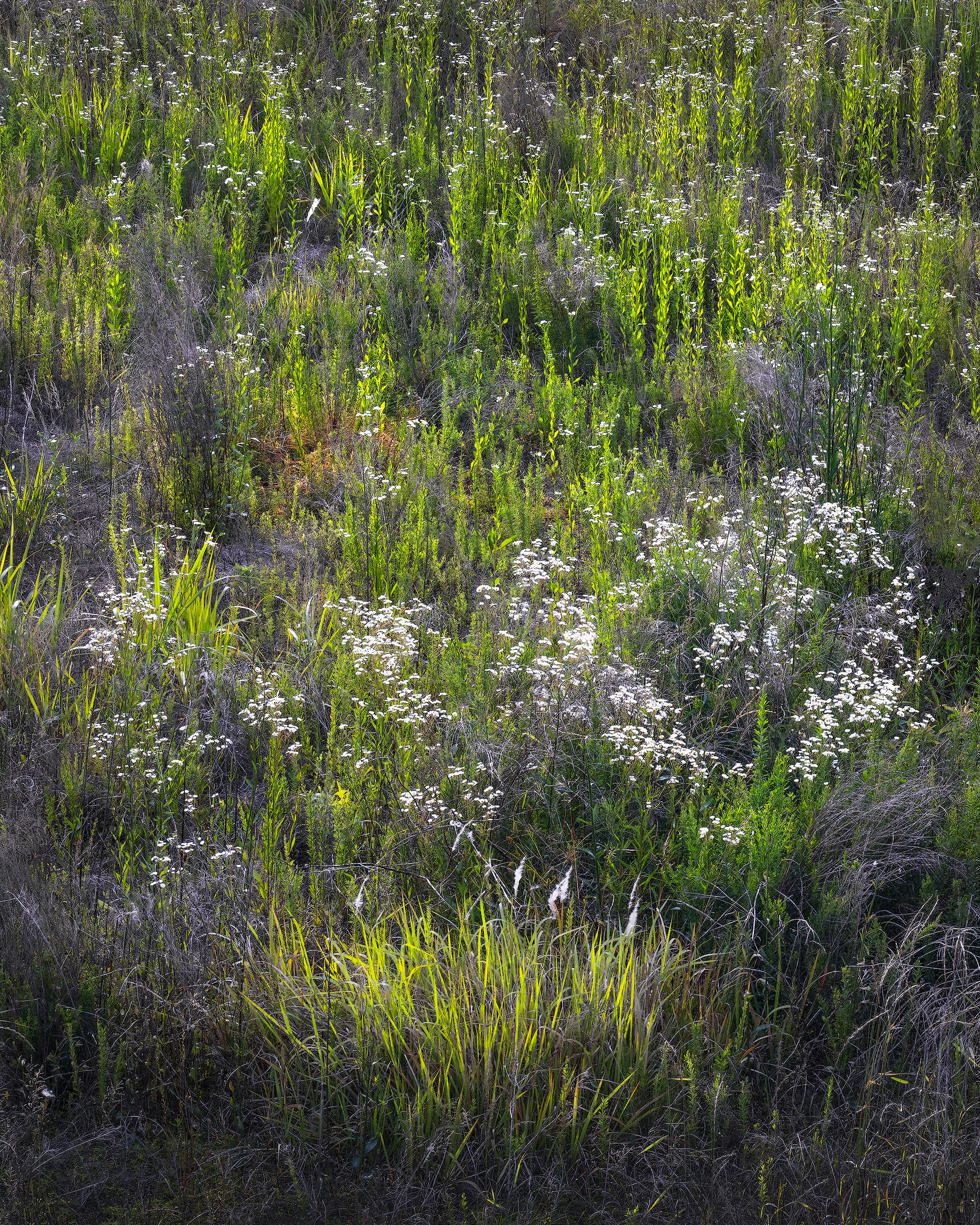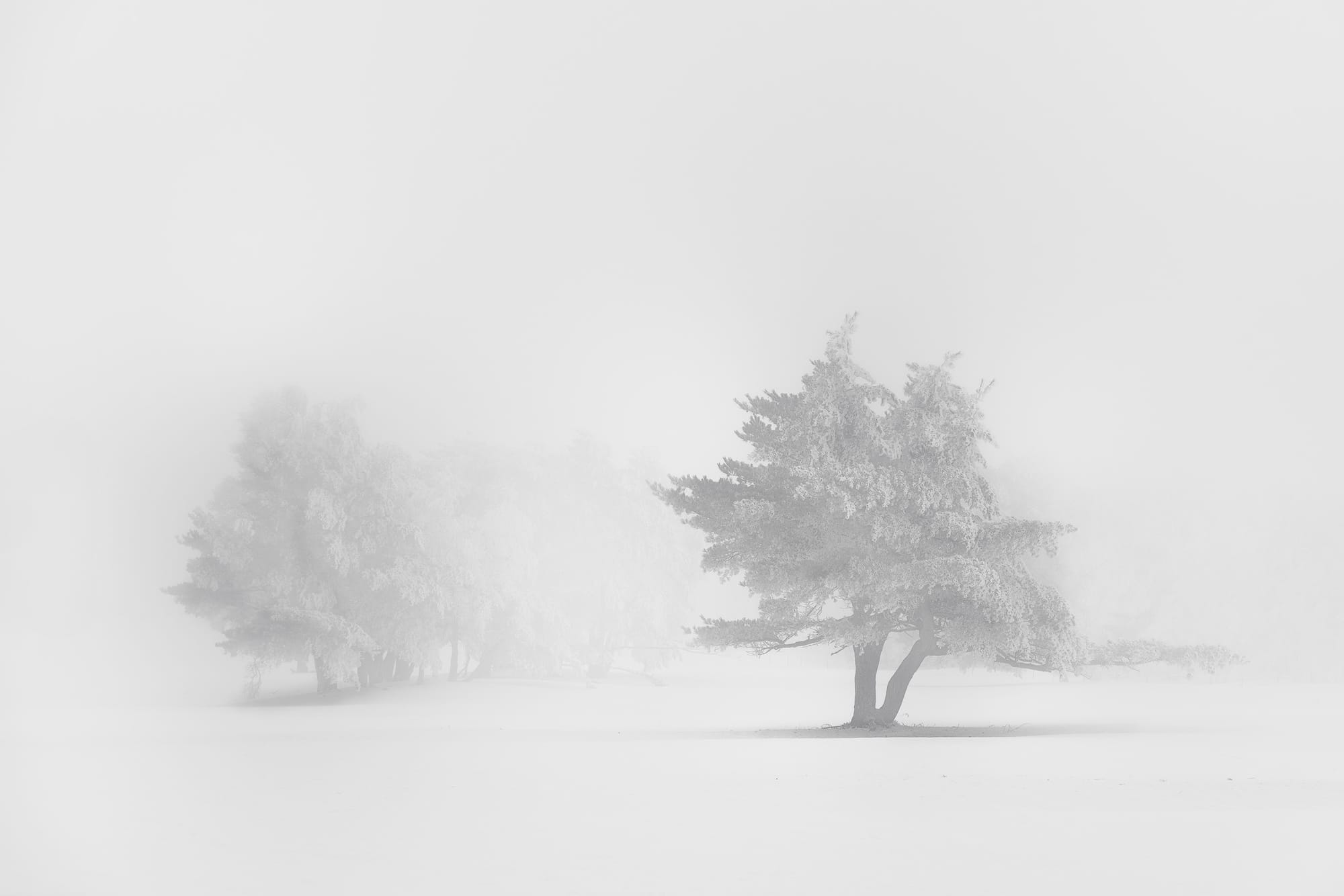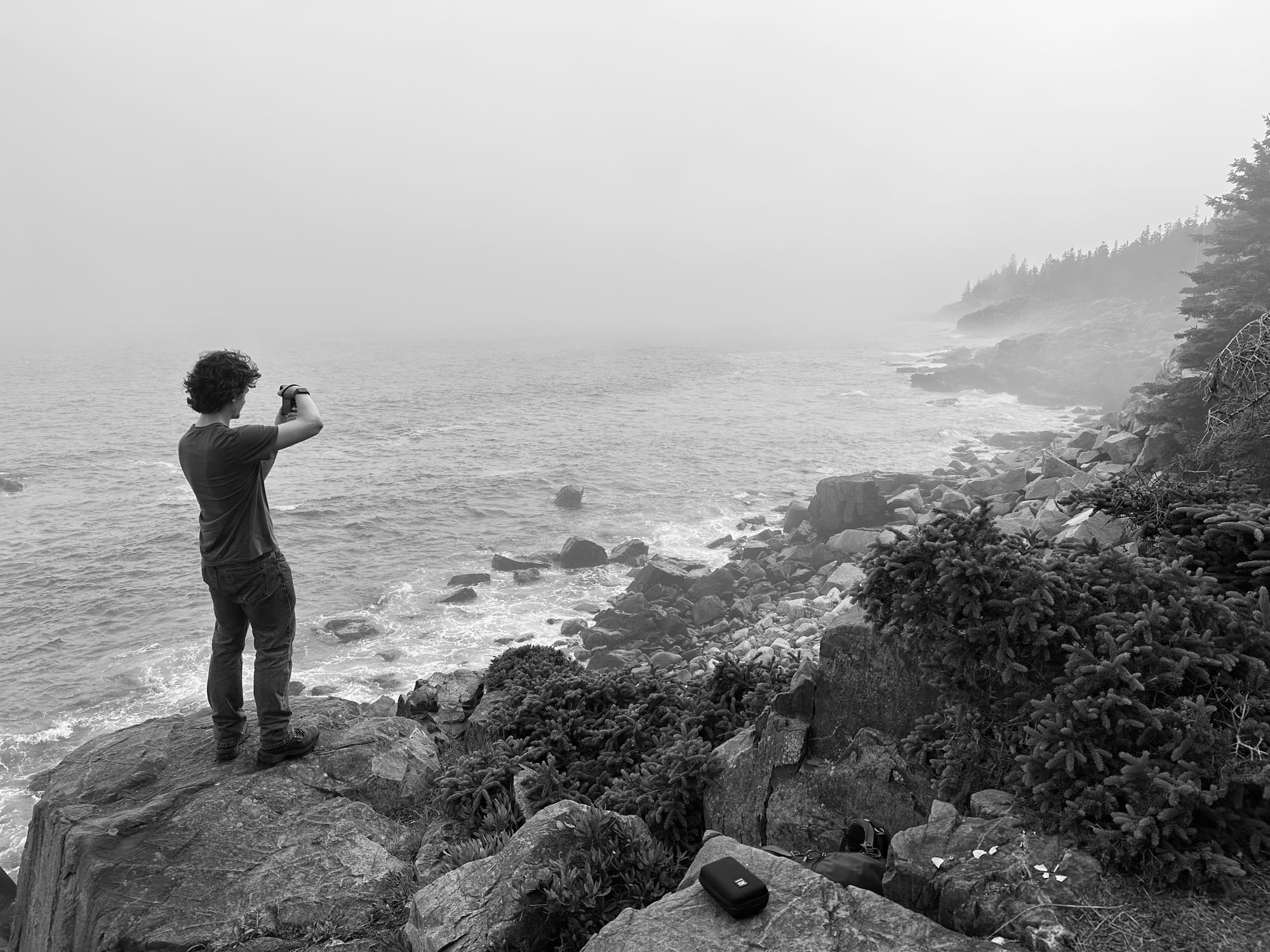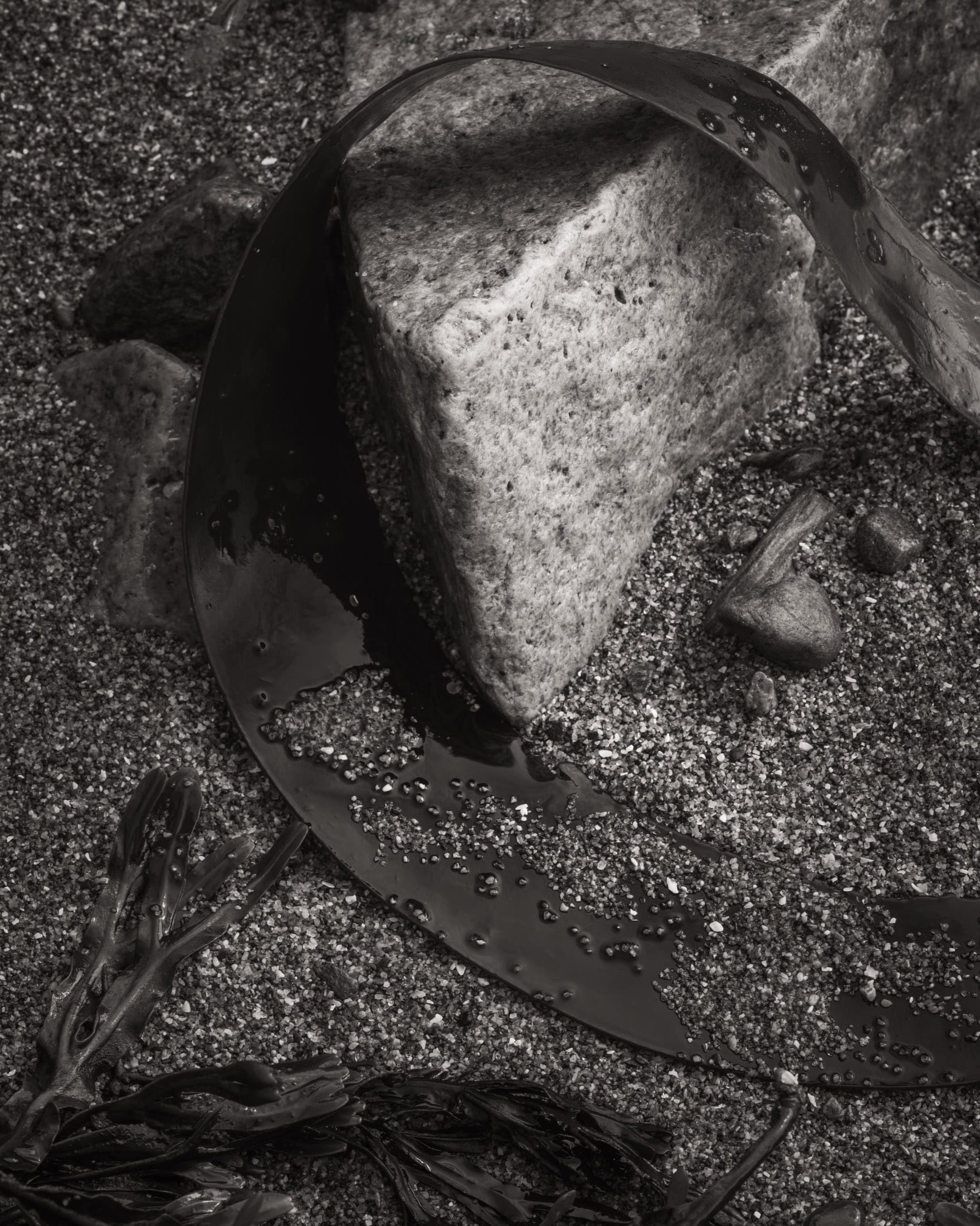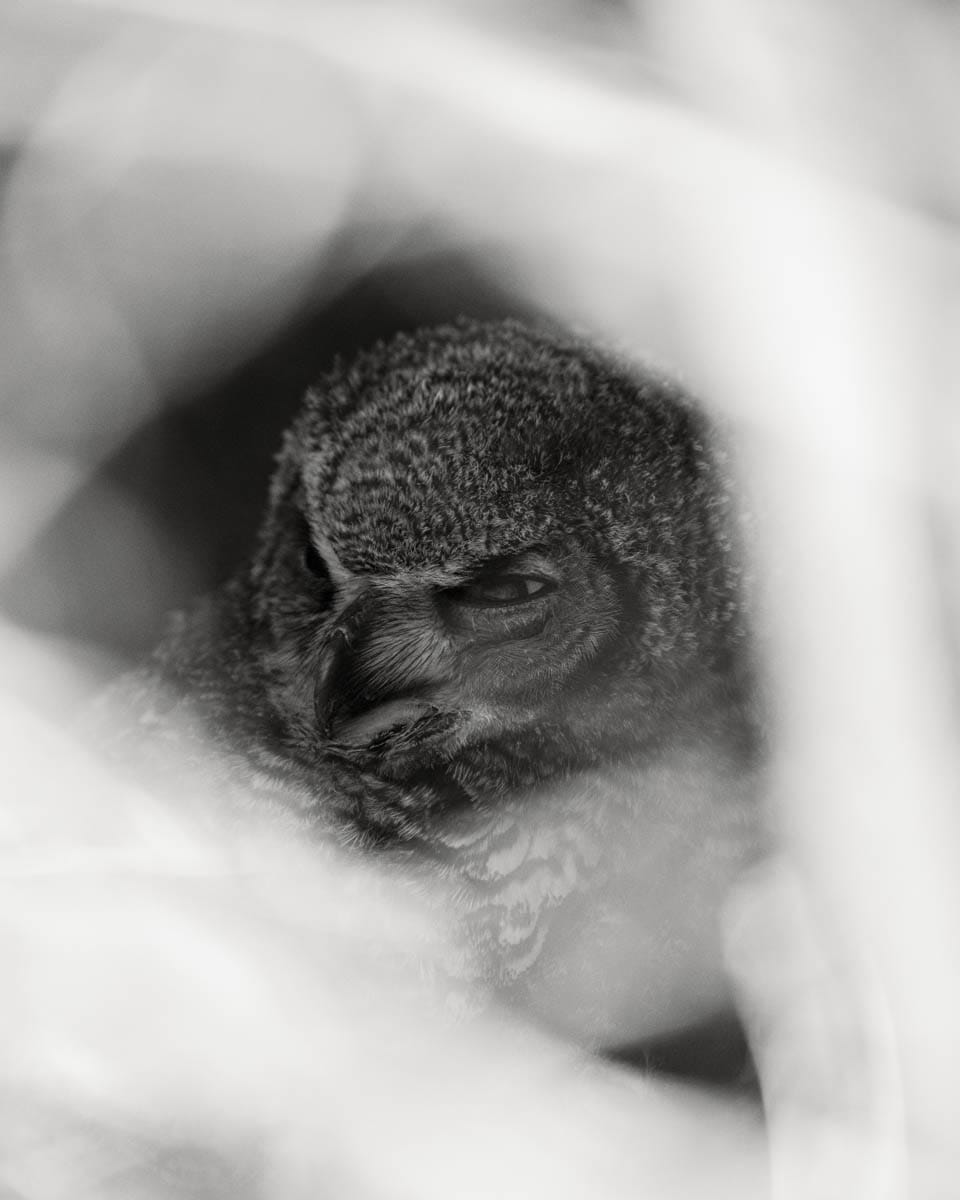Losing Focus & Finding Solace in Japan
In a world of constant distractions, maintaining focus is a challenge. Cody Schultz explores the impact of technology on our attention spans and the parallels between photography and social media manipulation. He encourages us to reclaim our focus and foster creativity through introspection.
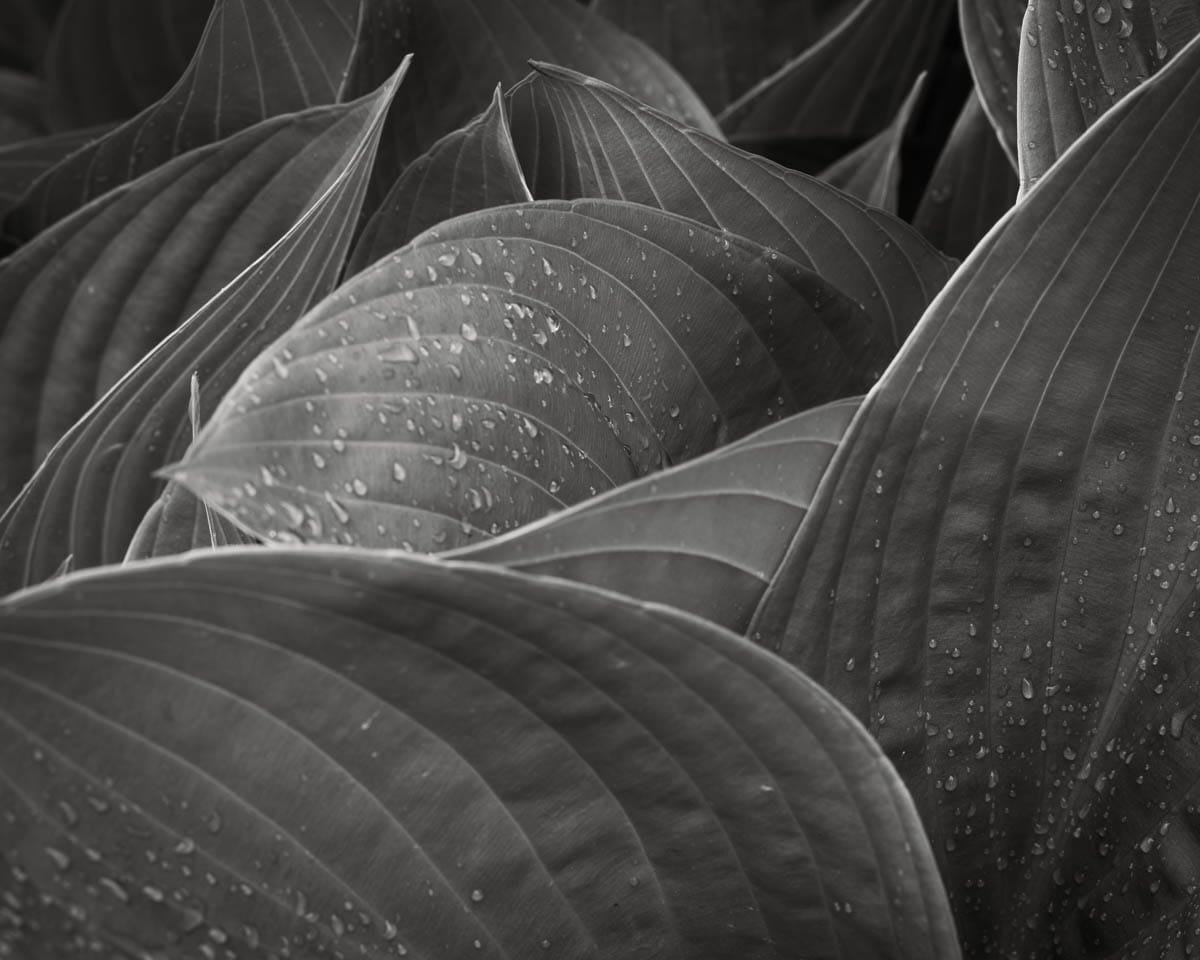
Out of Focus
The motto for our era should be: I tried to live, but I got distracted. - Johann Hari, Stolen Focus
While photographing the hostas in my back yard, my mind drifted to the idea of attention. To be more precise, I pondered on focus -- both in the photographic and the mental sense. For many of us, the world is filled with more distractions now than ever before. We are inundated by advertisements, notifications, and the pull of social media.
The past few months, for me, have been especially bad. Between Seasonal Affective Disorder (SAD) worsening my mental health -- and therefore my motivation -- and various life commitments pulling me in every which way, I have struggled to maintain focus. My short blip on Instagram only worsened this, as most of my free time was spent scrolling. Even now, off social media once again, I find myself reaching for my phone every few minutes. I wake up, get my phone from my desk, head back into bed, and scroll. Though my email is rarely blowing up, and the news is always depressing, I cannot help but check all the time.
As Emily Gorcenski says, "The nightmare rectangle glowing misery in our faces every day and every night."[1]
As I played with the focus point, seeing what best accentuates the form of the hosta leaves, I thought of how social media companies manipulate us. For the last few hundred years, our attention span has been on a downward spiral. New technologies, aided by fresh research on neurochemicals such as dopamine, have only exacerbated this trend.
From writing down stories[2] to the replacement of radio by television, to the introduction of social media and now TikTok videos, our forms of entertainment have continued to get shorter in length and faster in pace. This is without mentioning, of course, that the current era contains within it more distractions -- or ways of easily distracting yourself -- than ever before.
Just fifty years ago, prior to the popularity of the Internet, boredom was commonplace. Unless you had a friend to hang out with, a book to read, or your own creativity to occupy yourself with, your non-working hours were filled with many moments of solidarity. In other words, you had a lot of time to think. Although this may lead to rumination (an idle mind is the devil's workshop), spending time with your thoughts also leads to creativity, as your brain connects ideas from various sources in newfound ways.
With the advent of social media, however, any chance for boredom is nullified. Rather than sit and think, we scroll. Instead of giving our full attention to the movie we are watching, we watch passively and play games on our phones, rewinding often as we miss key moments. It is no wonder our attention spans are now considered worse than a goldfish's.[3]
In his 2022 book, Stolen Focus, Johann Hari states:
The truth is that you are living in a system that is pouring acid on your attention every day, and then you are being told to blame yourself and to fiddle with your own habits while the world's attention burns.
This is not a solitary issue; anyone who is "privileged" enough to own a smartphone with Internet access battles these difficulties.
To make matters worse, each time we give in to distraction, our addiction increases. Similar to caffeine or sugar, "once you're wired for distraction, you crave it."[4] As your brain continues to gain a positive association with distraction, it becomes more difficult to resist and the occurrences go from minimal to frequent, until you cannot help but grab your phone, often subconsciously. At first glance, this seems harmless. After all, you aren't hurting anyone. Or, are you?
In a 2009 paper titled, "Why Is It So Hard to Do My Work?," Dr. Sophie Leroy (a business professor at the University of Minnesota) introduced the effect now known as attention residue.[5] As Cal Newport goes on to explain, "...when you switch from some Task A to another Task B, your attention doesn't immediately follow -- a residue of your attention remains stuck thinking about the original task."[6] He elaborates, taking from Leroy's research, that your performance on a task -- whether it be writing an essay or capturing a photograph -- deteriorates when you begin switching from Task A to Task B and back again.
Perhaps this wouldn't be a big deal, if the distraction was once-and-done. We know better than to think this, though; in the time it has taken me to write the above paragraph, I have looked at my phone twice and the television four times.
Make that five.
Finishing with the hostas, my thoughts shifted to the role we, as photographic artists, play as it pertains to attention. In truth, we are not dissimilar to the social media companies who utilize science to manipulate the general public. We use compositional techniques to guide our viewer's eye to the subject, and (some of us) imbue meaning in our work through various means, which we hope is appropriately conveyed. Through the use of tonality, layers, and more, we manipulate.
Even if this isn't malicious in intent, the similarities should be recognized.
While our attention is stripped from us with each passing day, we must work to hold onto what little we have left. This should not only be done for the sake of mental health but for the sake of greater creativity. By allowing ourselves to sit with our thoughts more frequently -- though not to the point of rumination -- we allow novel ideas to form, helping push our creativity to new levels. We may begin to see the world in new ways; notice the connections between what may seem drastically different to most others; and bring subjects to life in powerful manners.
Though we may find ourselves out of focus, we have the power to twist the barrel and sharpen our world once more.
https://emilygorcenski.com/post/how-i-read-40-books-and-extinguished-the-world-on-fire/ ↩︎
Socrates has been quoted saying, "For this invention [writing] will produce forgetfulness in the minds of those who learn to use it, because they will not practice their memory." (Phaedrus 14, 274e-275b) ↩︎
Cal Newport, Deep Work ↩︎
Cal Newport, Deep Work (page 42) ↩︎
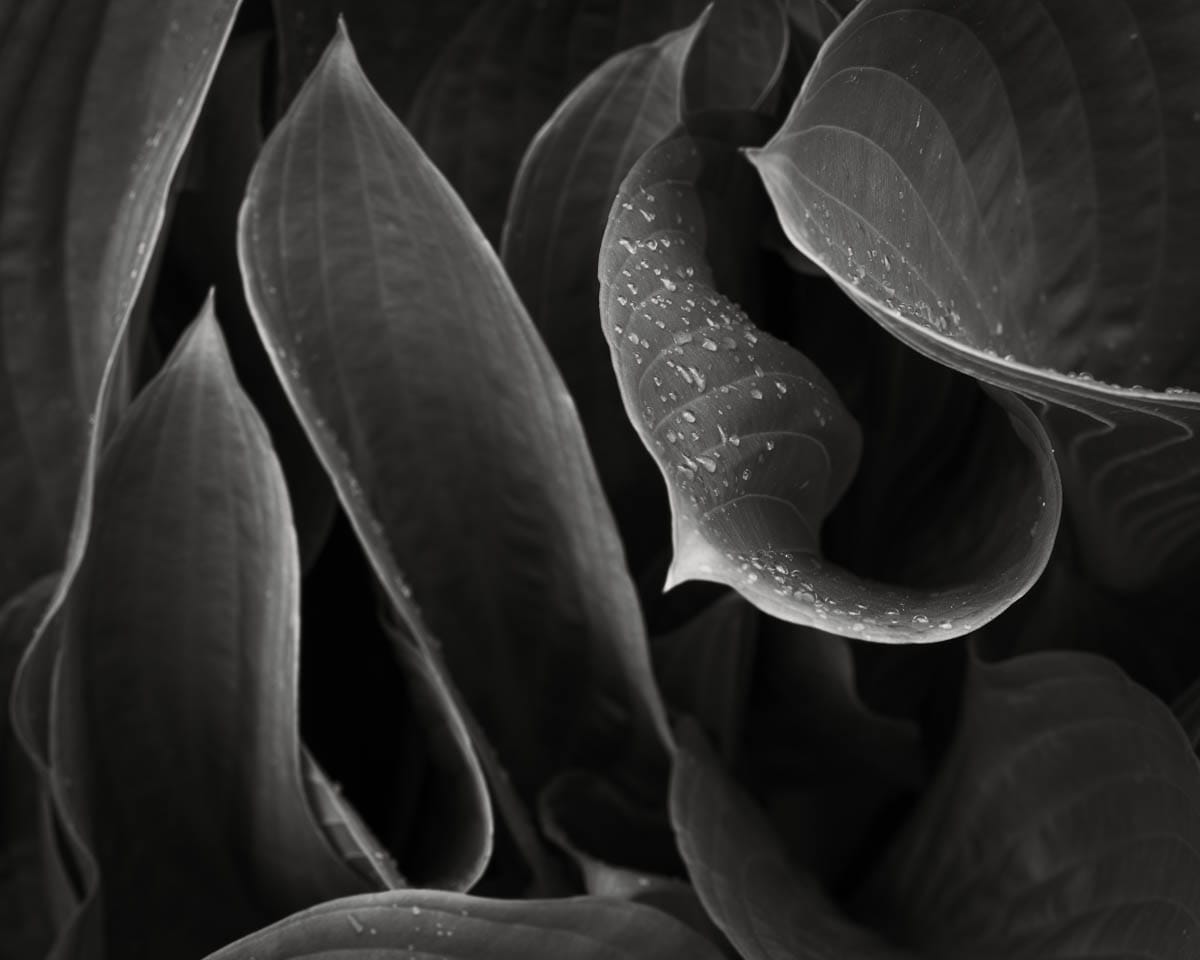
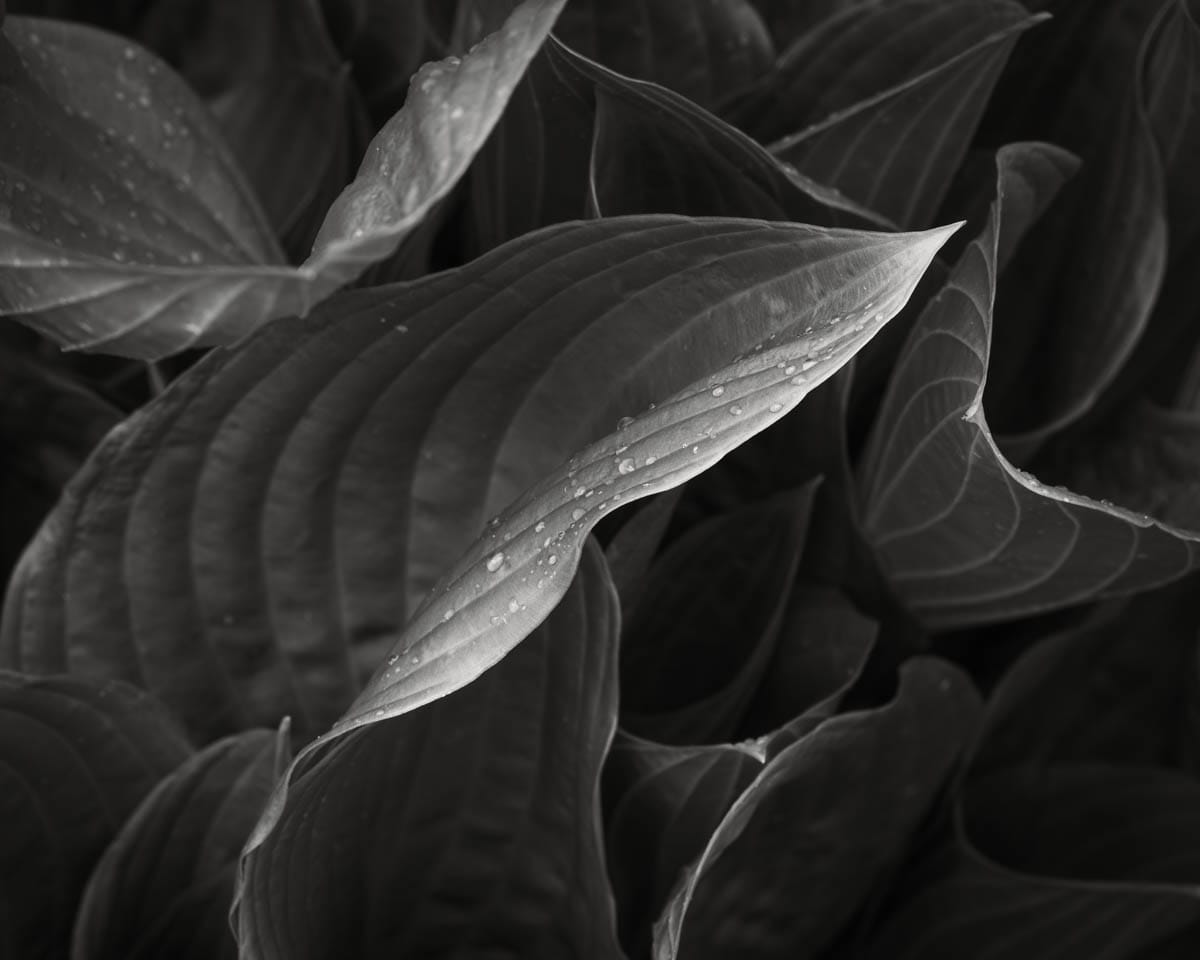
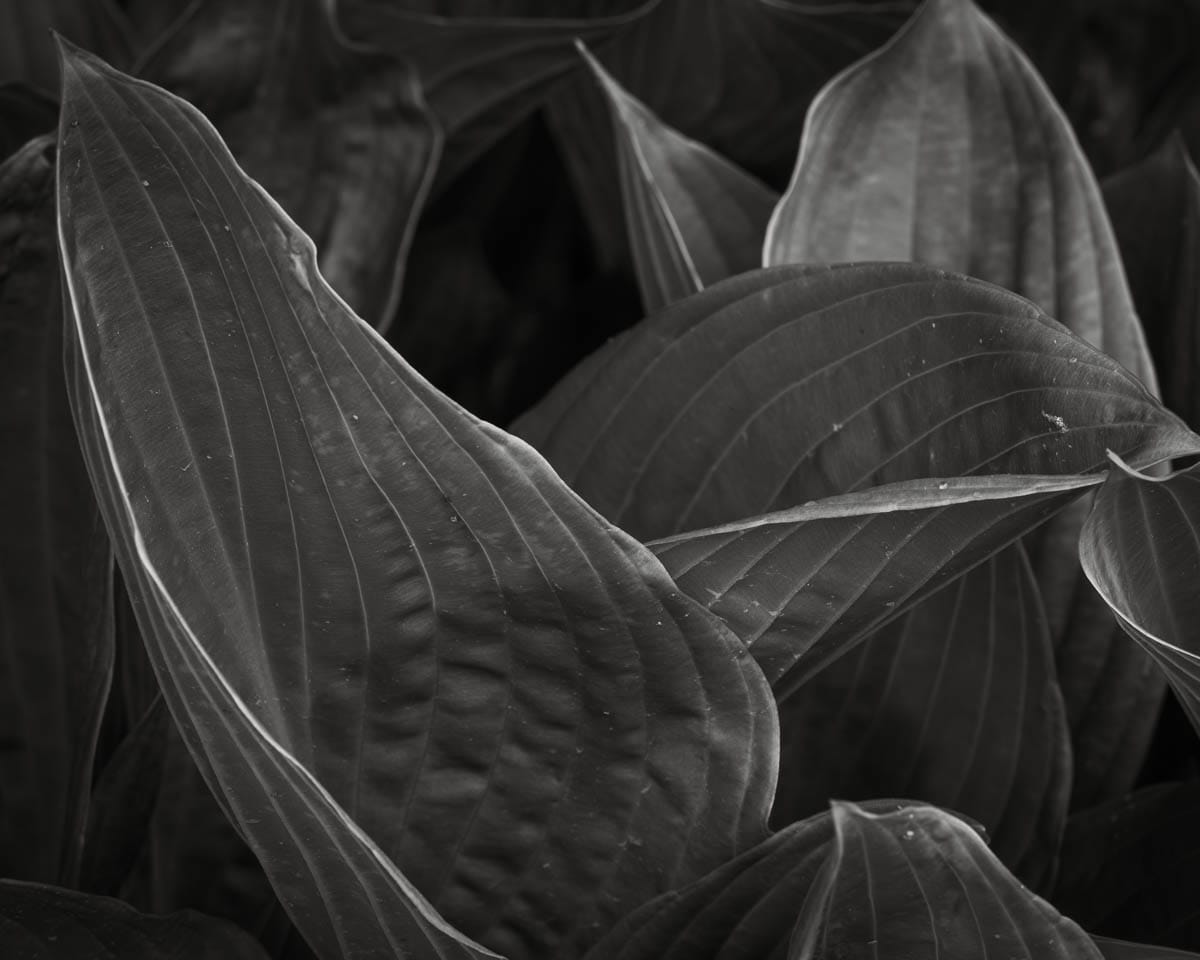


Featured Photographer
My foremost goal as editor of Nature Vision Magazine is to highlight up-and-coming nature photographers. I have a strong desire to provide a platform for those who may not have yet one themselves; to give them a chance to showcase their art to an audience they may not otherwise reach.
While we are already doing this by inviting anyone who wishes to contribute, as well as interviewing and showcasing Nature Photographers Network (NPN) members, I figured Dodge & Burn provides yet another opportunity.
Each month, I will share with you the work of a photographer who I believe deserves greater attention. Sometimes they will be fellow members of NPN; other times, they will have already contributed to the magazine but have, perhaps, new projects or worthwhile news to share; but the majority of these individuals will be, I hope, new to most everyone subscribed to this digest.
This month, we are highlighting the work of Mark Davis, an American photographer living in Japan.
Prior to falling in love with nature photography and the beauty of the Japanese countryside, Mark served twenty-four years in the military. The heavy demands of deployment and the challenges of military life, however, led him to finding solace and escape through photography.
These days, Mark hopes to share with viewers the magic of the chaotic woodlands and the overlooked, fleeting moments in nature. I am sure many of us can relate to such desires.
Although I have chosen only nine photographs to share from Mark's portfolio, I believe they best represent his photographic vision and the goals he maintains. I, of course, highly encourage you to visit his website, grab a cup of coffee or tea, and take a while to enjoy the beautiful work he has created.
You should also be on the lookout for Mark's article, Transcending Language: A Photographer's Journey into the Heart of Japanese Nature, in Issue 5 of Nature Vision Magazine, available June 25.
